Industry Case Analysis: The Role of Geotextile Fabric Under Pavers in Enhancing Pavement Longevity
Discover real-world cases where geotextile fabric under pavers improves soil stabilization, drainage, and reducing maintenance costs.
Tel: +86-411-39569550 | E-mail: info@geofantex.com/geofantex@gmail.com
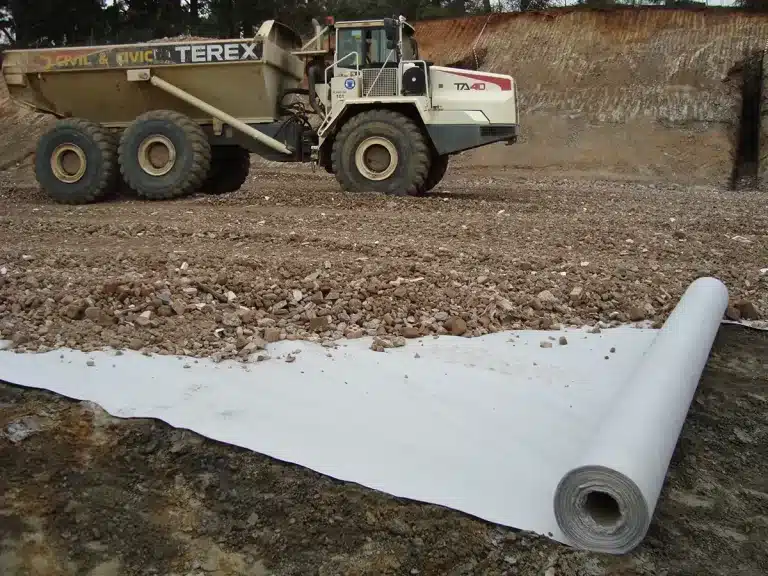
Discover real-world cases where geotextile fabric under pavers improves soil stabilization, drainage, and reducing maintenance costs.
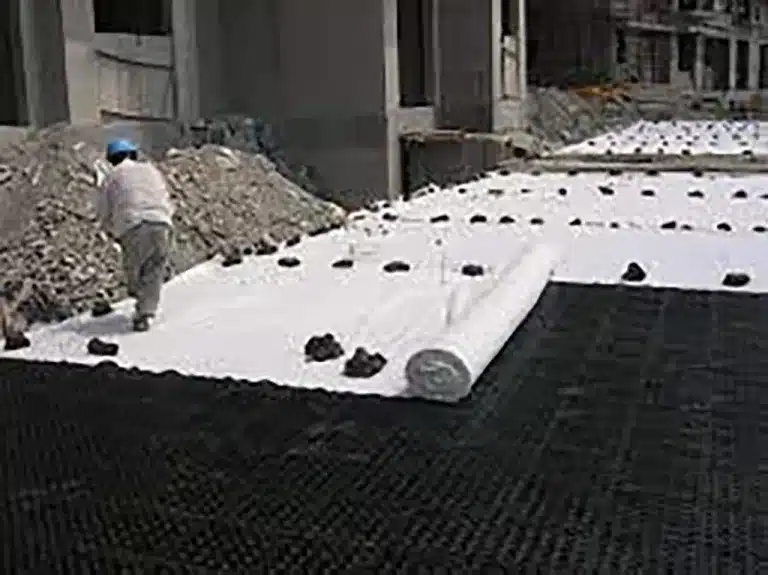
Real cases show how driveway geotextile fabric improves durability, reduces rutting, and supports stable gravel driveways.
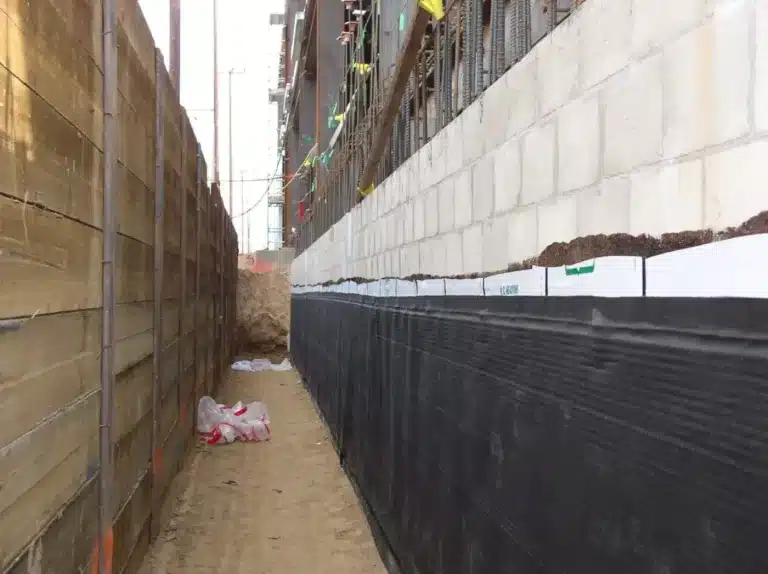
Discover the latest developments in K Drain Geocomposite, a breakthrough in geosynthetics drainage technology for projects.

Explore the benefits and uses of geonet hdpe for effective drainage in construction and geotechnical projects.
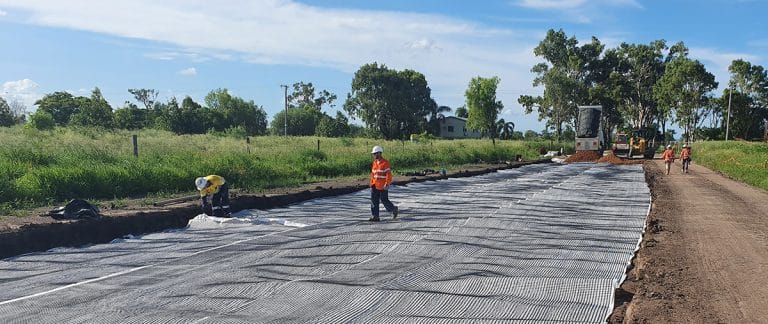
Explore key geonet benefits in drainage, slope stability, and environmental protection for cost-effective infrastructure solutions.
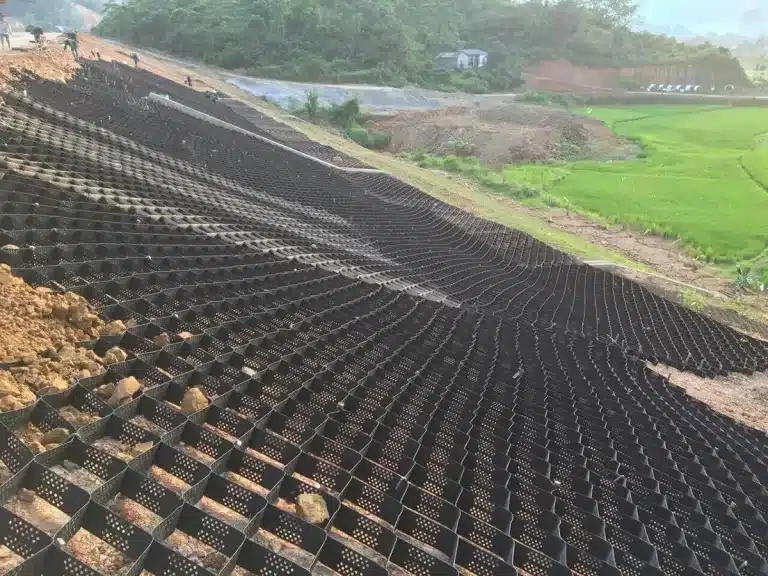
Geocell retaining wall forms use geosynthetics for soil stabilization and erosion control in civil engineering.
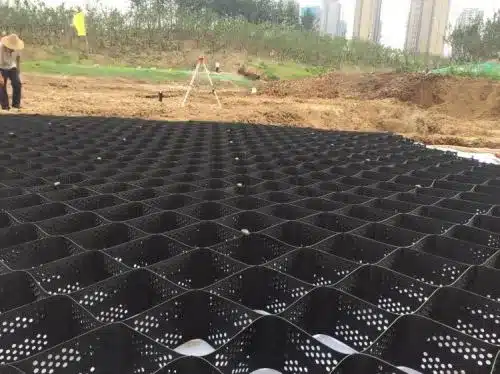
Geocell slope protection improves slope stability, prevents erosion, and promotes sustainable infrastructure development.
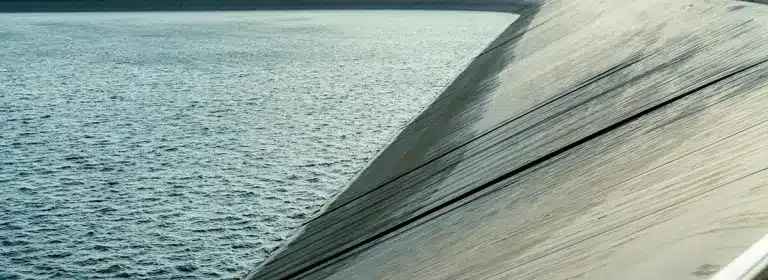
Key insights on geomembrane liner welding for durable, leak-proof geosynthetics in landfill and mining projects.
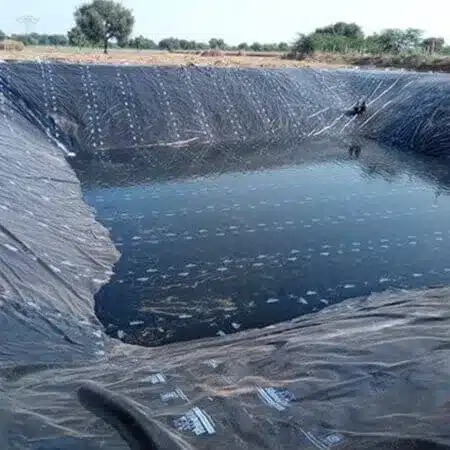
How the HDPE geomembrane welding machine improves welding quality and efficiency in geosynthetic projects through real industry cases.
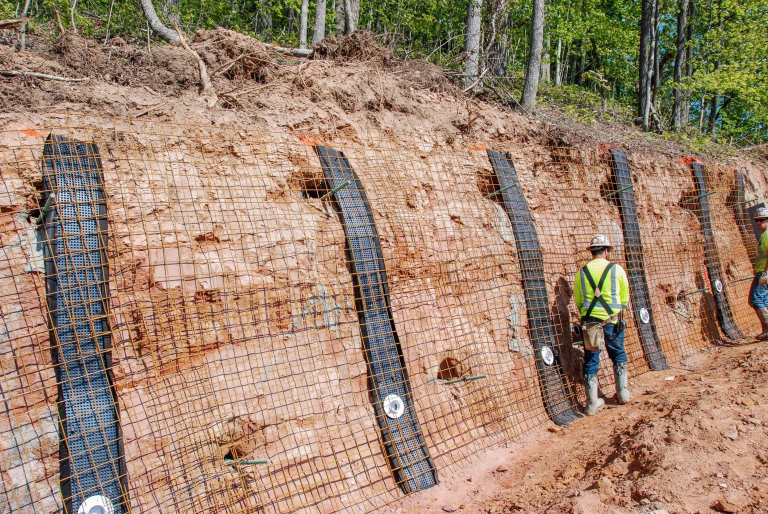
Global demand for geogrid for sale is rising as infrastructure projects expand across road, rail, and energy sectors.
End of content
End of content
WhatsApp us